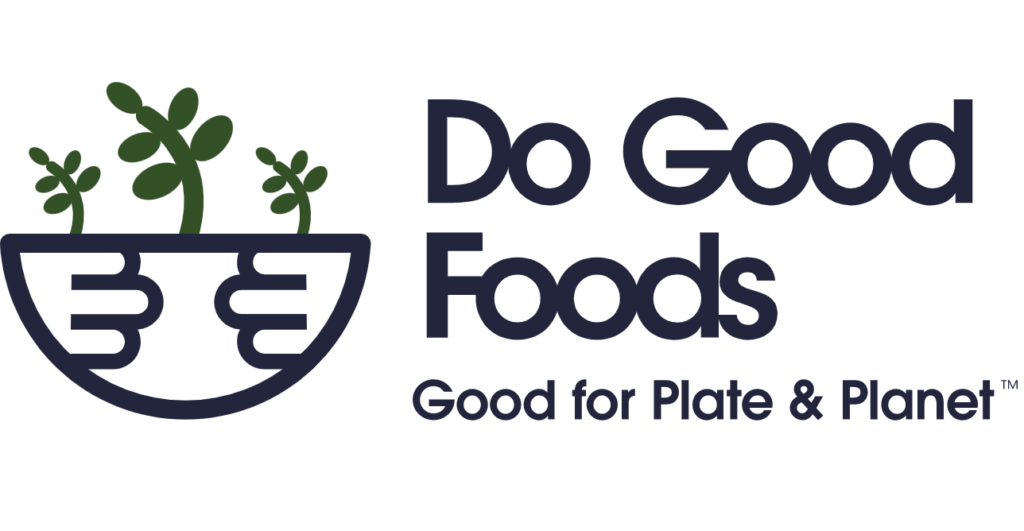Do Good Foods, a meat startup that uses surplus groceries to make animal feed for its chickens, is set to roll out its first product line, Do Good Chicken, in the new year. After securing a $169 million investment from asset-management giant Nuveen, the startup used the funds to build a production facility in Pennsylvania capable of processing 160 tons of surplus food daily.
The forthcoming chicken line will help cut food waste by collecting excess groceries that couldn’t otherwise be donated from a network of grocery stores. They are then hauled to a nearby facility and converted into animal feed that then ends up in the meat supply chain.
According to the Natural Resource Defense Council (NRDC), as much as 40 percent of US-produced food ends up in landfills and generate emissions that contribute to climate change. While food waste from people’s homes is the largest source of waste, grocery stores, restaurants and other foodservice businesses account for around 40 percent.
Related: Will COVID-19 Change our Relationship With Meat?
“Food waste is one of the biggest – yet solvable – catastrophes as we waste approximately 40 percent of the food grown in this country,” said Justin Kamine, co-CEO of Do Good Foods, in a press release. “We know consumers are becoming more eco-conscious and want to waste less. Through Do Good Foods, we are providing consumers with an easy way to do good for their plate and the planet.”
The Fairless Hills, Pennsylvania-based production facility will process surplus food collected from 450 grocery stores in the surrounding area. The plant can produce enough feed for 25 million chickens per year, which comes to about four pounds of surplus groceries per chicken. Do Good Foods plans to build 20 such facilities by 2025.
As for the chicken itself, the company says it is 100 percent natural, minimally processed and contains no artificial ingredients, antibiotics, hormones or steroids. While the company claims its chicken combats climate change, chicken production inherently comes with an environmental cost. While chickens don’t produce methane gas like cows, their manure releases nitrous gas, a greenhouse gas that is even more potent than methane.
Though Do Good Foods hasn’t laid out any specific environmental benchmarks that its chicken production would meet, its model aims to complement retailers’ efforts to cut down on waste. And since the company recognizes that the demand for meat is unlikely to disappear, it wants to provide a more sustainable option.
“We need actionable solutions to our massive environmental problems, and we need them now. We can’t afford to wait 10 years or 20 years,” said Matt Kamine, co-CEO of Do Good Foods, in the same press release. “The beauty of Do Good Foods is that it has immediate economic and environmental impact by driving us toward a more sustainable food system for all.”












Join or login to leave a comment
JOIN LOGIN